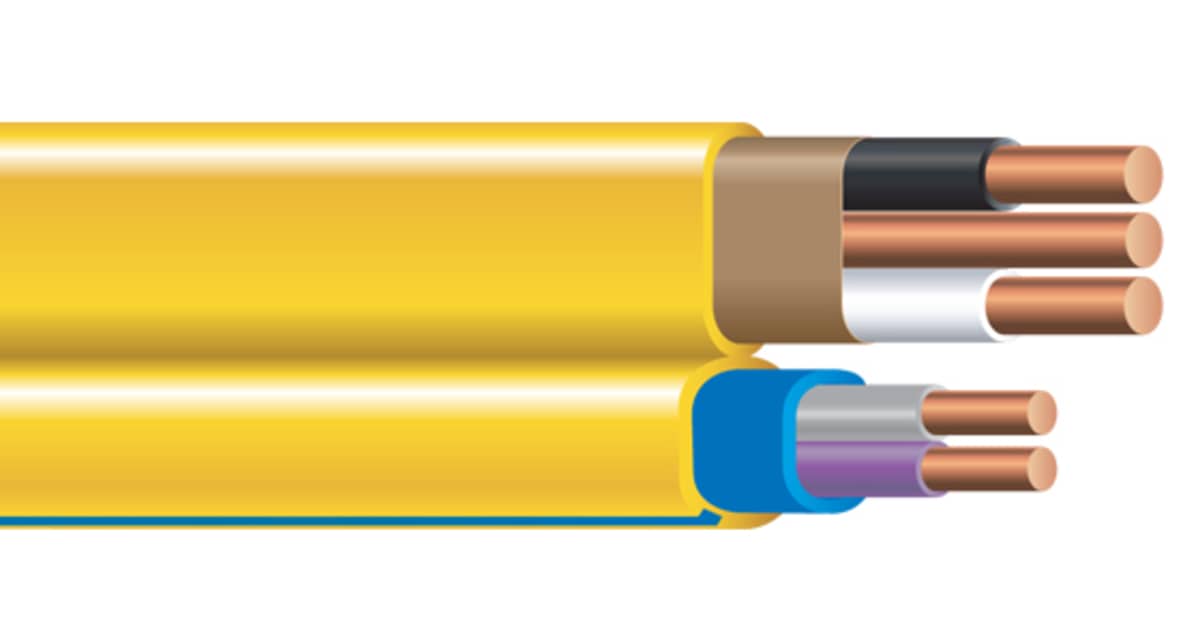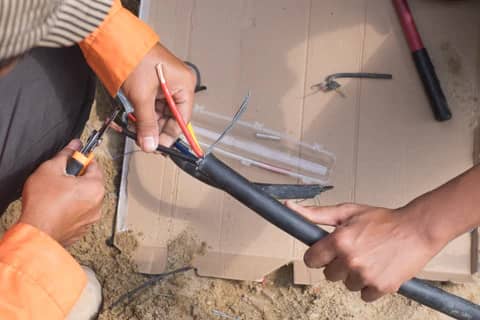How Recent U.S. Policies Are Affecting the NMD 90 Cable Market?
 Apr 10,2025
Apr 10,2025

 Suke
Suke
What Is NMD 90 Cable?
NMD 90 cable is a CSA-certified, non-metallic sheathed cable widely used in residential and light commercial construction, particularly in Canada. It features a thermoplastic insulation rated at 90°C, making it ideal for indoor dry locations. While mainly manufactured for the Canadian market, NMD 90 also finds demand in U.S. border states and from distributors who serve both markets.
How U.S. Trade Policies Are Impacting the Market
1. Section 301 Tariffs on Chinese Cables
Under the ongoing Section 301 investigation, the U.S. has imposed additional tariffs—up to 25%—on Chinese-made insulated copper and aluminum cables, including products that fall under HS Code 8544.49. If your NMD 90 cables are made in China, this policy significantly increases their import cost into the U.S., reducing price competitiveness against local or Mexico-sourced alternatives.
2. Buy American Initiatives
The U.S. government is actively promoting “Buy American” policies across public infrastructure projects. These policies encourage federal contractors to prioritize American-made building materials—including wire and cable. For foreign exporters, this means CSA-certified NMD 90 cable may not be eligible for federally funded projects unless it also meets UL certification or includes value-added processes in the U.S.
3. Certification Requirements
U.S. electrical codes generally favor UL-listed NM-B cable, but certain regions and private contractors may accept CSA-certified equivalents like NMD 90. However, without dual certification (CSA + UL), the potential market in the U.S. remains limited. Exporters targeting the U.S. should consider dual certification or clearly identify use cases where CSA-certified cable is acceptable.

Impact on Pricing and Profit Margins
Due to the combined effects of high copper prices and U.S. tariffs, the overall cost of exporting NMD 90 to the U.S. has risen. This squeezes profit margins for both suppliers and importers, especially in a price-sensitive construction market. As a result, some U.S. buyers may switch to domestic or tariff-exempt alternatives unless foreign suppliers offer customized solutions, superior quality, or better lead times.
Logistics and Distribution Challenges
With the global shipping environment still recovering from disruptions, many U.S. buyers now prefer shorter lead times and local stock availability. Exporters of NMD 90 cables need to consider working with U.S.-based warehouses or distributors to increase responsiveness and reduce perceived risk for American clients.


 Home
Home Why Is Market Access For NMD 90 Cable Strict?
Why Is Market Access For NMD 90 Cable Strict?  You May Also Like
You May Also Like

 Tel
Tel
 Email
Email
 Address
Address













